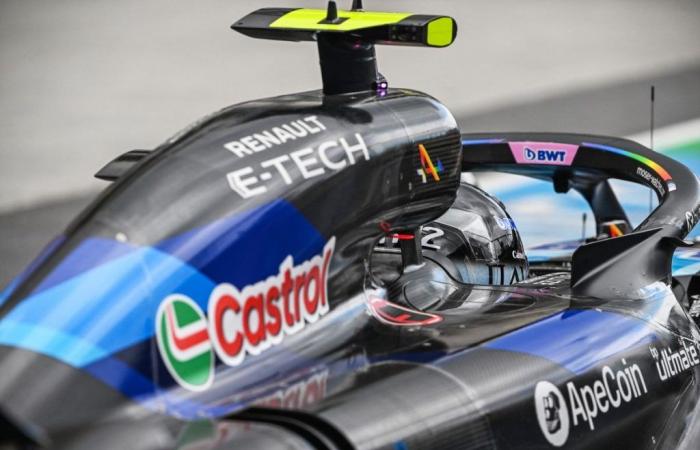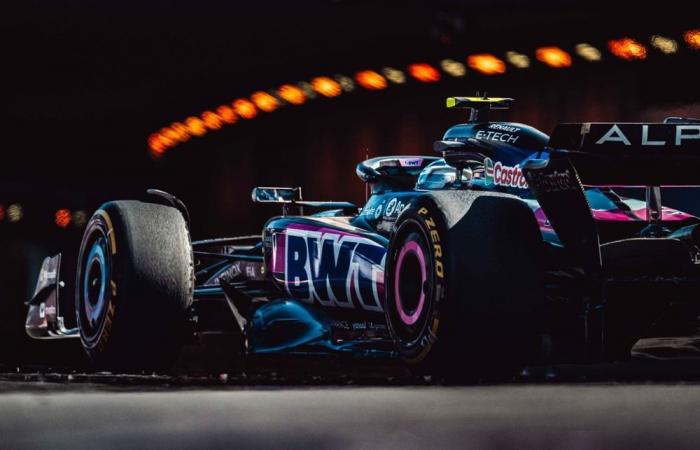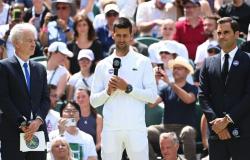The possibility of Alpine changing its program and becoming a client team in 2026 opens up some interesting dynamics around the engine supply rules of Formula 1.
If it decides to close the Renault engine project in F1, Alpine would have to secure another power unit supply, which at first glance does not seem easy because the teams already have their plans quite closed.
But, as part of the regulatory framework under which F1 operates, there is no risk of Alpine being left without an engine, as it will be guaranteed one by 2026 if an agreement is not reached before May 15 of next year 2025.
The technical regulations for power units for 2026 establish the minimum number of teams that a manufacturer can force the FIA to supply.
That is based on a formula set out in the regulations that requires that a manufacturer must be willing to supply the number of pieces of equipment equal to “T”, as defined by a formula.
This formula is calculated as follows
- T = (NTOT-A)/(BC), where:
T is rounded up to the next integer
A = Total number of Competitors (including “official” Competitors or teams) that have a supply agreement for year N with a New PU Manufacturer.
B = Total number of approved power unit manufacturers for year N.
C = Total number of new power unit manufacturers for year N. –
NTOT = is set to 11 and is related to the “total number of registered Competitors” for year N, which is not known until November of year N-1. This number may be revised if the number of Competitors exceeds 12.
Should Renault withdraw as an engine supplier, leaving F1 with five manufacturers (Audi, Ferrari, Mercedes, Honda and RB), the formula to calculate “T” is as follows: 11 teams minus three (Red Bull, RB and Audi) / five manufacturers minus two new entrants (Audi and Red Bull).
The result is 2.66, which rounded up to the nearest integer is three.
That means that a Formula 1 engine manufacturer has to supply up to three teams.
At the moment, Mercedes is the only one that has three teams for 2026: the official team, McLaren and Williams.
The regulations establish that, when choosing a manufacturer to supply a non-engined team, the first to be chosen will be the one that supplies the smallest number of teams.
By 2026 – with Ferrari supplying its power units to Haas and Red Bull to RB – that leaves Audi and Sling as the only manufacturers that supply engines to a single team.
However, a clause in the regulation states: “A new power unit manufacturer shall not be obliged to comply with the supply obligation set out above.”
That means Audi would not be required to meet the criteriaso Honda would have to reach an agreement with a customer, in addition to its current official contract with Aston Martin.
But that all depends on Alpine not getting a deal on its own, because there is now a chance that Mercedes will supply the French team in 2026 if the German manufacturer wants, even though it is currently at maximum capacity according to the regulations. .
As part of future engine rules, a limit has been set on the number of teams it can be supplied to.
Article 1.2.3 of Appendix 5 of the Power Unit Technical Regulations states: “Unless otherwise agreed by the FIA, each of the manufacturers of an approved UP (power unit) may not directly or indirectly supply UP to more of (T+1) teams, T being defined in article 1.2.2”.
At the moment, with Renault there are six manufacturers, and the T formula is 2 (11-3/6-2), so Mercedes with itself, McLaren and Williams is already in T + 1.
However, if Renault pulls out and reduces the participating manufacturers to five, the Formula T jumps to 3, meaning Mercedes could supply four teams (3+1) if it wanted to.
All eyes are now on Alpine and Renault to see what they decide to do and what they believe is best from a financial and competitive point of view. What will they do?







